10 Great Stocks for the Next 10 Years
Warren Buffett aims to hold stocks “forever.” We’re a bit less patient.


Warren Buffett aims to hold stocks “forever.” We’re a bit less patient. But we like playing the long game: picking a few solid companies, sticking with them through tough times and hanging on for years, even a decade or more. Investing for the long haul can smooth out the risks of buying individual stocks, which may tumble or stay depressed for ages before taking off. A company’s innovations may also take years to bear fruit. Moreover, businesses with attractive growth often trade at lofty prices that may not be sustainable. The longer you stick with a stock that has stumbled, however, the greater the opportunity to recoup losses (assuming the business rebounds as well). With dividend-paying stocks, you can also pocket a bit of income while you wait.
All of the following 10 companies possess attractive long-range prospects: Each should be able to expand its sales and profits at rates well above the market average for years. And these companies are not too big to have a reasonable shot at quadrupling in market-value over the next decade (meaning annualized gains of 15%, or roughly double the projected return, including dividends, of the broad U.S. market).
NEW STOCK PICKS FOR 2018: 18 Best Stocks to Buy for 2018
Investing for the next decade doesn’t mean you can buy these stocks then forget about them. You’ll need to follow them closely and may have to sell if cracks emerge in the business. Still, if these companies can keep building on their recent successes, they have a good shot at delivering superb returns over the long run, turning short-term dips in stock prices into faint and distant memories.
Stocks are listed alphabetically. Share prices and other data are as of September 30. Price-earnings ratios are based on estimated year-ahead earnings

Acuity Brands
- Symbol: AYI
- Share price: $264.60
- Market capitalization: $11.6 billion
- 52-week high/low: $280.89 - $169.42
- Estimated earnings per share for the fiscal year ending in August 2017: $9.53
- Estimated earnings per share for the fiscal year ending in August 2018: $11.55
- Price-earnings ratio: 27
- Dividend yield: 0.2%
- The business: Acuity makes lightingproducts, fixtures and control systemsfor commercial, industrial and residentialuses.
- What will drive growth: The lowlylightbulb has gone high-tech. Businessesand consumers are installinghigh-efficiency LED bulbs. Digitallighting networks and “smart building”technologies that lower energycosts are proliferating in the U.S. andabroad. The trends should light abright path for Acuity, a leading makerof LED bulbs, fixtures and high-endlighting systems. The company hasalso made several acquisitions toexpand into areas such as lightingsoftware and building-automationtechnology. Altogether, analysts seerevenues climbing at a nearly 15%annual clip over Acuity’s next two fiscalyears, which end in August 2017and 2018.
- The stock: Trading at 27 times estimated earnings, the shares aren't particularly cheap. But with profits expected to climb by more than 20% a year over the next two years, the P/E looks reasonable.

Adobe Systems
- Symbol: ADBE
- Share price: $108.54
- Market capitalization: $54.1 billion
- 52-week high/low: $109.07 - $71.27
- Estimated earnings per share for the fiscal year ending in November 2016: $2.97
- Estimated earnings per share for the fiscal year ending in November 2017: $3.86
- Price-earnings ratio: 30
- Dividend yield: none
- The business: Adobe sells software, such as Photoshop, used by consumers and businesses for graphic design and digital imaging, along with cloud-based services and digital marketing tools.What will drive growth: Creative types in advertising, media and other fields rely heavily on Adobe software, which faces scant competition in its niche. The firm is also making inroads into web analytics and digital marketing services, and it’s migrating customers to a subscription model for its “Creative Cloud” suite of software products, creating a long and steady revenue stream.
- The stock: At 30 times estimated profits, the stock isn’t cheap. But Adobe is growing rapidly. Wall Street analysts see sales climbing 22%, to $7 billion, in the fiscal year that ends in November 2017. Profits should increase even faster, rising by 33%, a rate of growth that makes the high price-earnings ratio palatable, says brokerage firm Canaccord Genuity. Although the firm doesn’t see big share-price gains over the near term, Adobe has “the ingredients for an exceptional long-term investment,” Canaccord says.

Celegene
- Symbol: CELG
- Share price: $106.06
- Market capitalization: $80.8 billion
- 52-week high/low: $128.39 - $93.05
- Estimated 2016 earnings per share: $5.71
- Estimated 2017 earnings per share: $6.99
- Price-earnings ratio: 16
- Dividend yield: none
- The business: Celgene makes the cancer-fighting drug Revlimid and other biotech medicines.
- What will drive growth: Boosted by Revlimid—a drug that modifies the body’s immune system to fight cancer—Celgene aims to hit $21 billion in sales in 2020, up from an estimated $11.1 billion in 2016. Initially approved in 2006 as a second-line defense against multiple myeloma, a common type of blood cancer, the drug won approval in 2015 for patients newly diagnosed with the disease, expanding its sales and market potential. Revlimid has also been approved for other uses, and Celgene is now testing it to combat some types of lymphoma and leukemia. Other products in Celgene’s lineup include medicines to treat advanced breast cancer and psoriasis. In addition, Celgene expects results in the next few years from more than a dozen late-stage drug trials—a pipeline of potentially new and expanded-use products that looks “underappreciated,” says Bank of America Merrill Lynch.
- The stock: Celgene’s P/E has tumbled from 59 times earnings in 2014 to 16 times estimated year-ahead profits. The stock also slid, down 13% in the past year, due to concerns about unsustainably high drug prices and disappointing results in some of Celgene’s clinical trials. Still, the shares now look cheap relative to expected earnings growth, estimated at 23% in 2017 and 24% in 2018.
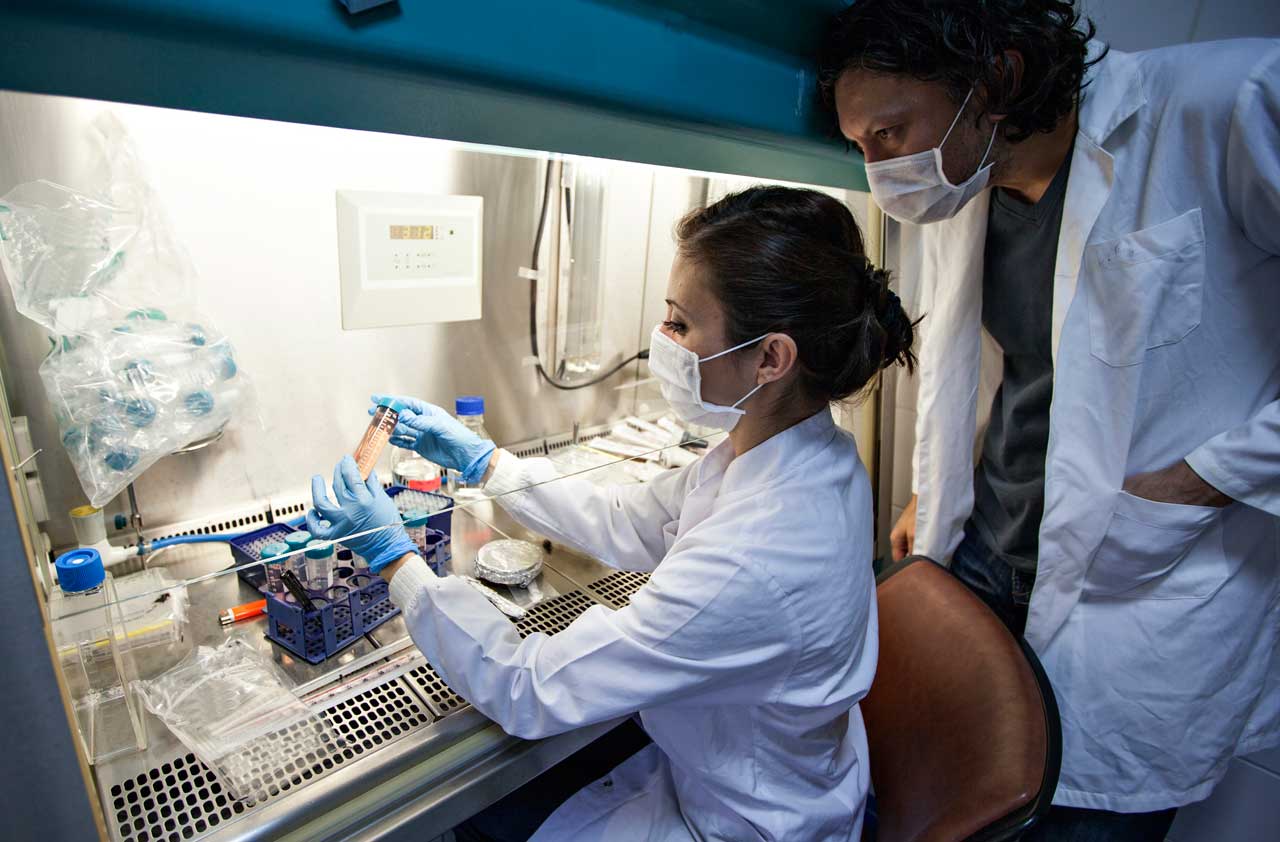
Danaher
- Symbol: DHR
- Share price: $78.39
- Market capitalization: $54.1 billion
- 52-week high/low: $82.64 – $61.10
- Estimated 2016 earnings per share: $3.56
- Estimated 2017 earnings per share: $3.90
- Price-earnings ratio: 20
- Dividend yield: 0.6%
- The business: Danaher owns 29 businesses, primarily involved in life sciences, dental care, and medical diagnostics.
- What will drive growth: A perpetual dealmaker, Danaher has bought and sold more than 400 companies since 1984. It now aims to focus on fast-growing products in health care and life sciences. The firm recently spun off a big chunk of its industrial businesses into a separately traded company, Fortive (FTV), and announced plans to buy medical diagnostics company Cepheid for $4 billion. That follows up on a 2015 deal to buy medical toolmaker Pall for $13.8 billion. The risk with Danaher is that it could overpay for growth. But its freewheeling ways have paid off: Over the past 15 years through September 14, Danaher’s shares returned 14.3% annualized, more than double the 6.7% annualized gain of Standard & Poor’s 500-stock index (both figures include dividends).
- The stock: Analysts see sales climbing 4% to 5% annually over the next two years, hitting $18.3 billion in 2018. Profits should climb faster, though, as Danaher shaves costs and improves the bottom line at companies it buys. Wall Street expects earnings to climb at a 10% annual pace over the next two years.
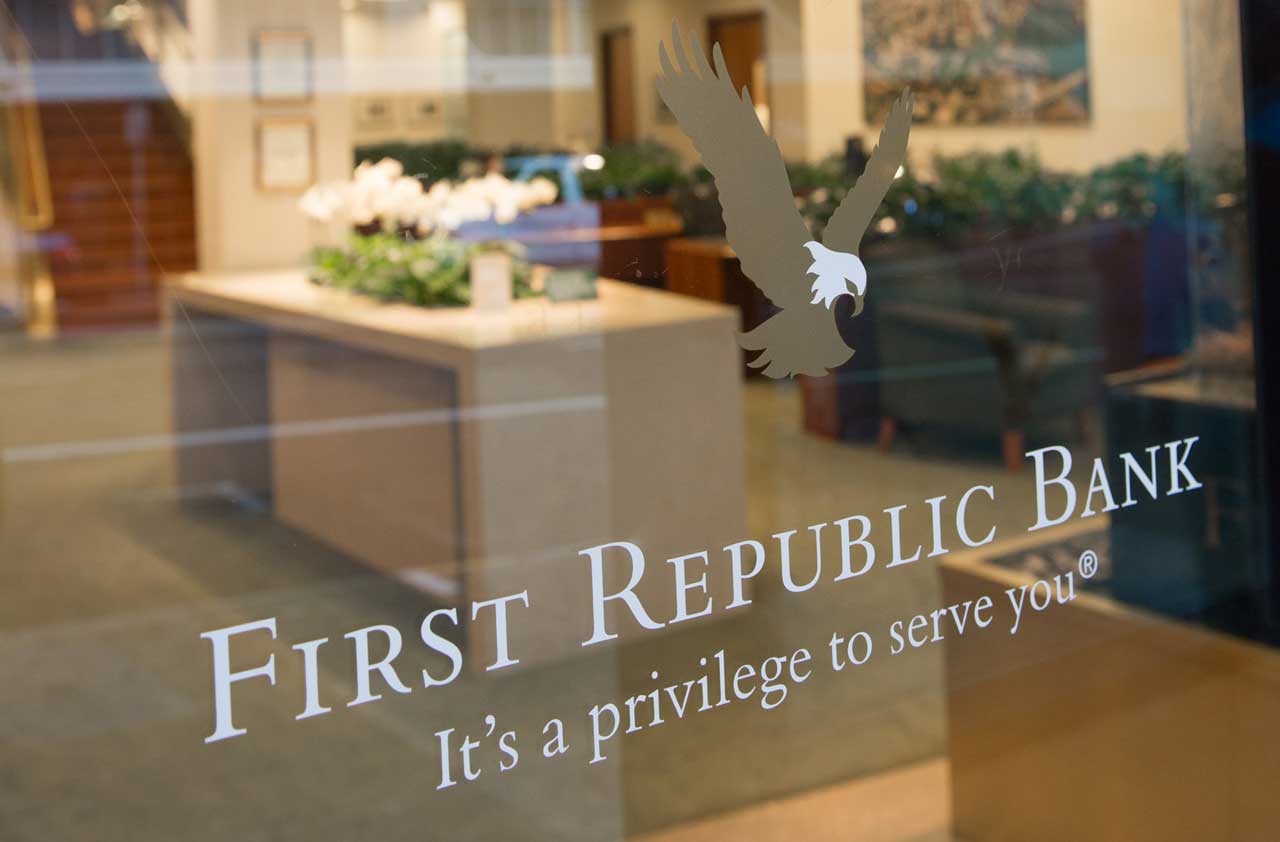
First Republic Bank
- Symbol: FRC
- Share price: $75.15
- Market capitalization: $11.6 billion
- 52-week high/low: $78.77 - $56.32
- Estimated 2016 earnings per share: $3.91
- Estimated 2017 earnings per share: $4.41
- Price-earnings ratio: 18
- Dividend yield: 0.8%
- The business: Spun out of Bank of America in 2010, First Republic is a bank that caters to wealthy customers.
- What will drive growth: Attractive interest rates on mortgages help bring in upscale clients, who then take out more loans and avail themselves of other financial services from the bank. First Republic’s tangible book value (assets minus liabilities and intangible assets, such as goodwill) has climbed 32% since the end of 2013. Its customers also tend to have top-notch credit, resulting in low default rates on loans. With just 68 branches, located mainly in Silicon Valley, Los Angeles and New York City, the bank has plenty of room to expand.
- The stock: First Republic’s stock trades at more than twice book value per share—a lofty price for a bank. Analysts expect revenues to climb by 18% in 2016 and 12% in 2017, with profits edging up 23% and 12%, respectively—well above the growth rates for banking giants such as Citigroup (C) and JPMorgan Chase (JPM). Over the next five to 10 years, First Republic’s book value should expand steadily, leading to solid gains in its share price, says Craig Goryl, a money manager with Cabot Wealth Management, in Salem, Mass.

Fortune Brands Home & Security
- Symbol: FBHS
- Share price: $58.10
- Market capitalization: $8.9 billion
- 52-week high/low: $64.47 - $44.19
- Estimated 2016 earnings per share: $2.74
- Estimated 2017 earnings per share: $3.15
- Price-earnings ratio: 19
- Dividend yield: 1.1%
- The business: Fortune Brands makes cabinets, faucets, doors and security systems, under brands such as Moen, Therma-Tru and Master Lock.
- What will drive growth: The ongoing expansion of the housing market should lift Fortune’s sales for years. The company owns best-selling brands for cabinetry, doors and faucets. It’s ramping up manufacturing in the U.S. and recently opened a Moen plant in China to fuel international growth. Fortune also aims to expand with acquisitions; the firm added cabinet maker Norcraft and safe supplier SentrySafe to its lineup in recent years. Even if new housing construction slows, Fortune should benefit from strength in the remodeling market, which accounts for two-thirds of its housing-related sales (excluding its much smaller security business).
- The stock: Fortune shares look a bit pricey, trading at 19 times estimated year-ahead profits, compared with 17 for the S&P 500. But the P/E is reasonable given that analysts expect sales to climb 7.7%, to $5.5 billion, in 2017 and see profits rising 14.6%. Fortune’s prospects would dim if housing took a dip. But its long-term outlook is compelling, says Chuck Severson, comanager of the Baird MidCap Fund.
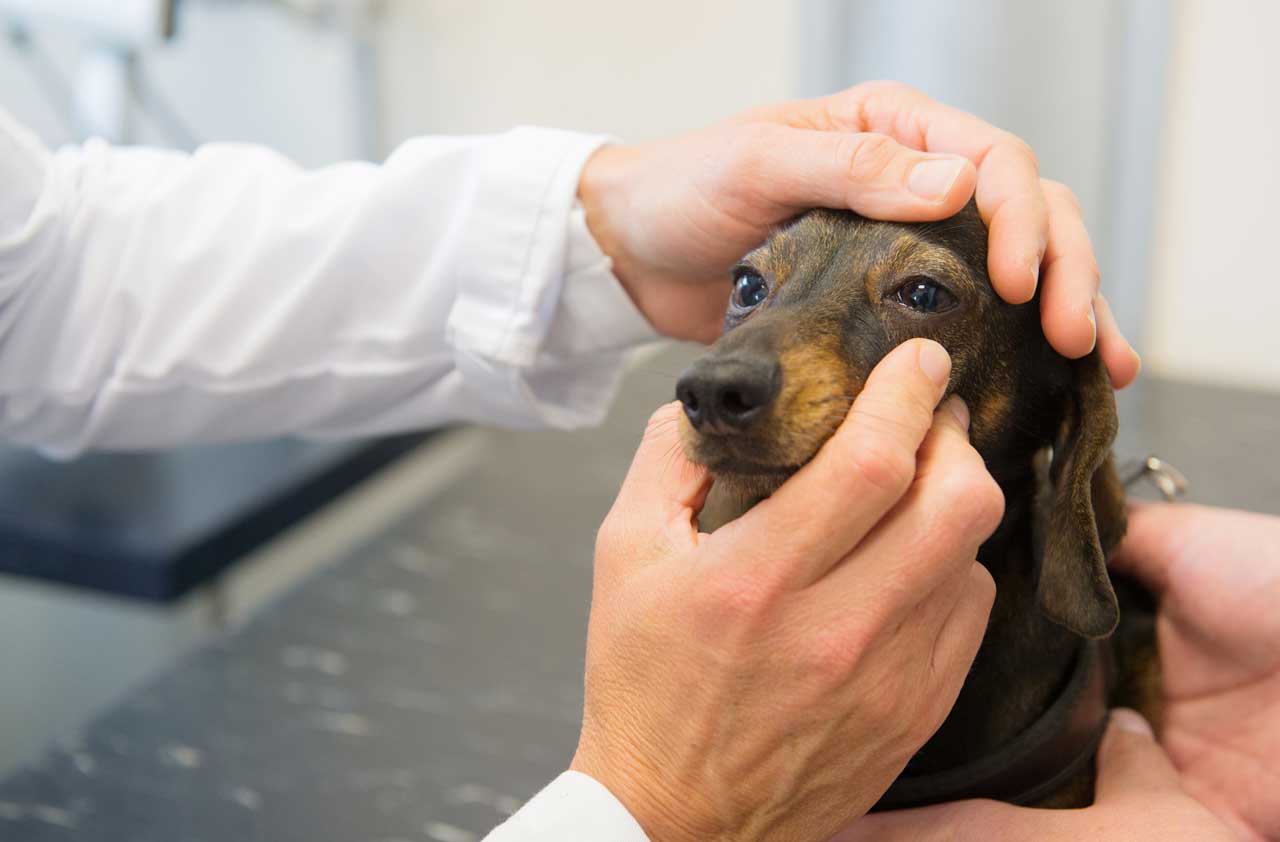
Idexx Laboratories
- Symbol: IDXX
- Share price: $112.73
- Market capitalization: $10.5 billion
- 52-week high/low: $115.06 - $63.48
- Estimated 2016 earnings per share: $2.36
- Estimated 2017 earnings per share: $2.69
- Price-earnings ratio: 43
- Dividend yield: none
- The business: Idexx sells animal-health diagnostic tools and veterinary hospital instruments. The firm also runs diagnostic labs and tests municipal water systems for contaminants.
- What will drive growth: A leader in “dog’nostics,” Idexx is benefiting from robust spending on veterinary care, which is climbing at about 9% per year in the U.S. With a broadening menu of disposable tests and diagnostic equipment, the firm expects to boost revenues by more than 10% a year and sees profits expanding at a 15% to 20% annualized rate over the next few years. Idexx is also seeking more sales abroad, expanding its livestock diagnostics business in Europe and acquiring a distributor in Brazil.
- The stock: On a P/E basis, Idexx is one of the most expensive stocks on our list, trading at 41 times estimated year-ahead profits. Credit Suisse, which rates Idexx a “buy,” sees the shares climbing only to $122 over the next year. But stick with the stock for the long haul, Credit Suisse advises. Idexx is building a “comprehensive, innovative product line” that should fuel double-digit percentage sales growth for years.
- See Also: 8 Risky Stocks That Are Worth the Risk
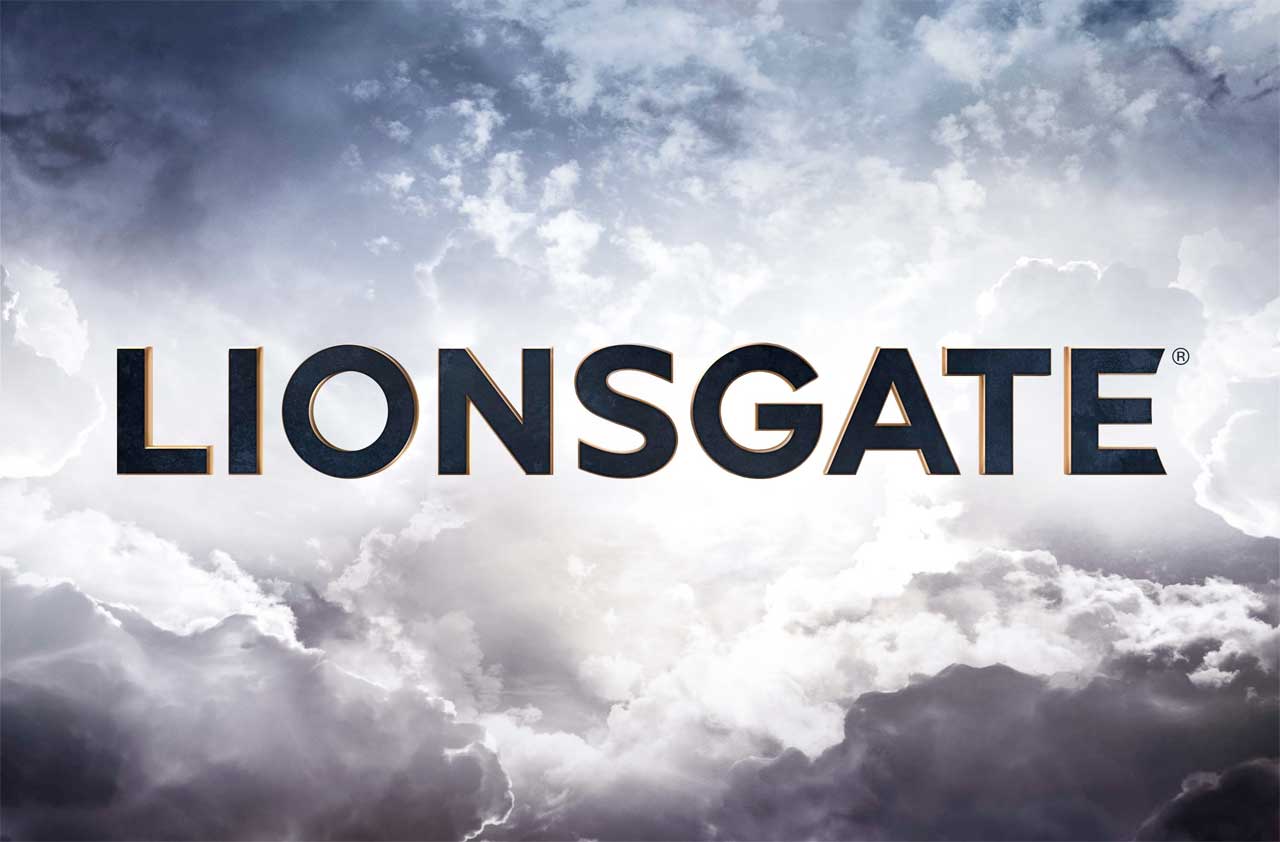
Lions Gate Entertainment
- Symbol: LGF
- Share price: $19.99
- Market capitalization: $3.0 billion
- 52-week high/low: $41.41 - $16.21
- Estimated earnings per share for fiscal year ending in March 2017: $0.40
- Estimated earnings per share for fiscal year ending in March 2018: $0.63
- Price-earnings ratio: 28
- Dividend yield: none
- The business: A Hollywood studio, Lions Gate produces and distributes TV series and movies.
- What will drive growth: Although still relatively small, Lions Gate is becoming more of a Hollywood power player. The studio behind The Hunger Games and Orange is the New Black, the company recently agreed to buy Starz for $4.4 billion. The deal, expected to close in late 2016, should forge a much bigger production company. The acquisition of Starz’s 56 million subscribers should lead to more consistent results. The firm will also have a bigger library of content—more than 16,000 movies and TV shows that it can license to other cable networks and outlets, such as Netflix (NFLX), for years.
- The stock: Bulked up by Starz, Lions Gate should see earnings climb by 19% in the fiscal year that ends in March 2017, followed by 66% profit growth in its 2018 fiscal year. With that kind of growth, the shares look relatively cheap at 22 times estimated year-ahead operating earnings, says S&P analyst Tuna Amobi, who rates the stock a “buy” and sees it reaching $25 in a year.
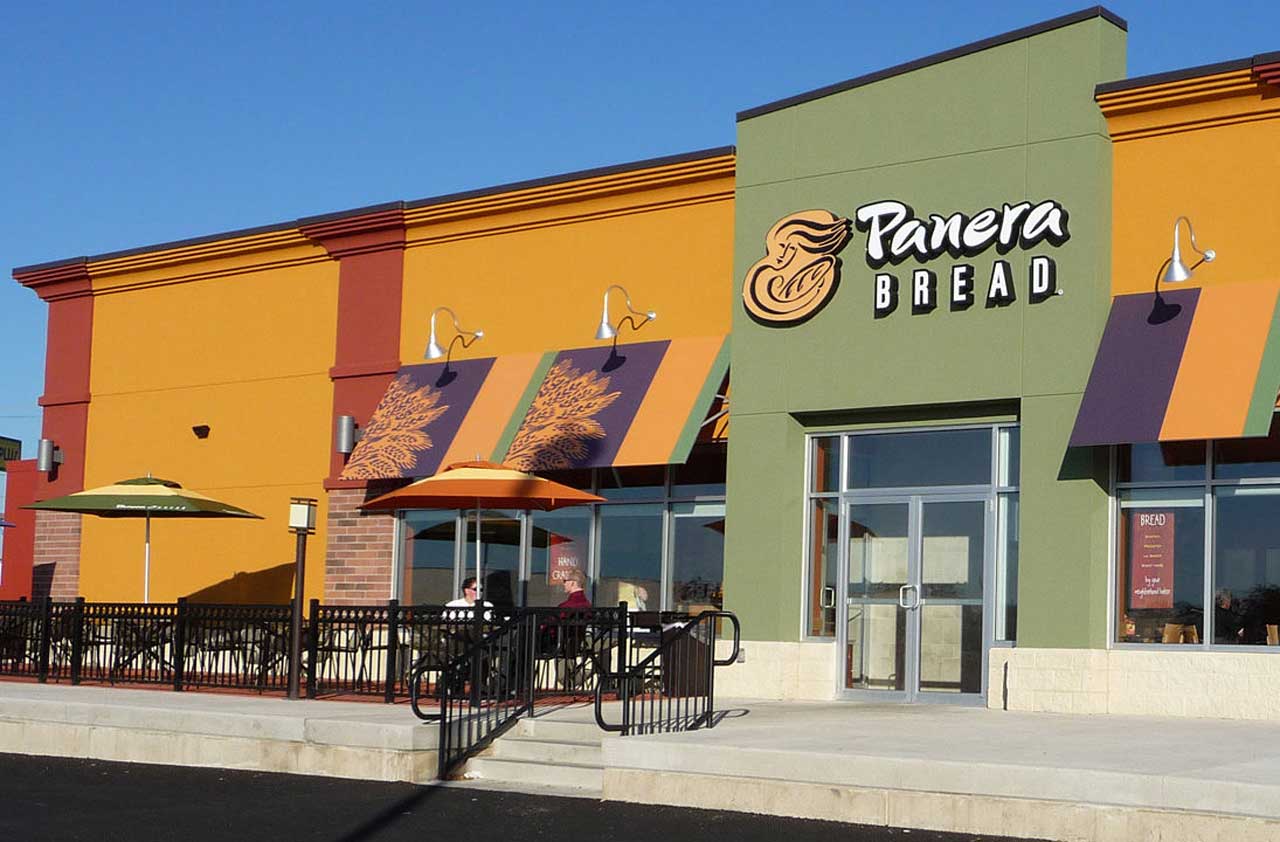
Panera Bread
- Symbol: PNRA
- Share price: $194.72
- Market capitalization: $4.6 billion
- 52-week high/low: $224.15 - $165.17
- Estimated 2016 earnings per share: $6.69
- Estimated 2017 earnings per share: $7.76
- Price-earnings ratio: 26
- Dividend yield: none
- The business: Panera runs nearly 2,000 “bakery-cafés,” serving fare such as sandwiches, salads and baked goods. The firm also sells packaged goods at supermarkets, and it runs a corporate catering business.
- What will drive growth: Even after opening more than 1,000 restaurants over the past decade, primarily in the Midwest and along the eastern seaboard, Panera still has plenty of room to expand in the southern and western U.S. The firm has invested in mobile ordering technologies and in café kiosks to ramp up sales per restaurant. Panera is also rolling out a delivery service, and it’s expanding its lineup of packaged goods in supermarkets. Topping it off, Panera’s catering business is thriving, with dedicated “delivery hubs” geared toward corporate customers.
- The stock: Panera’s shares have climbed at an 18.1% annualized pace over the past 15 years, clobbering the S&P 500 by an average of 13.2 percentage points per year. Yet with a market value of nearly $5 billion, the company remains less than half the size of rival Chipotle Mexican Grill (CMG) and less than one-tenth as large as Starbucks (SBUX). The stock, at 28 times estimated year-ahead profits, isn’t cheap. But Panera should be able to boost profits by at least 10% a year for the next five to 10 years, pushing the stock ever higher, says David Yepez, a money manager with Exencial Wealth Advisors in Oklahoma.

Salesforce.com
- Symbol: CRM
- Share price: $71.33
- Market capitalization: $48.3 billion
- 52-week high/low: $84.48 - $52.60
- Estimated earnings per share for the fiscal year ending in January 2017: $0.95
- Estimated earnings per share for the fiscal year ending in January 2018: $1.27
- Price-earnings ratio: 60
- Dividend yield: none
- The business: Salesforce sells web-based software that helps companies generate and manage sales.
- What will drive growth: Already a powerhouse in subscription-based, online “software-as-a-service” for big businesses, Salesforce is broadening its product lineup and pushing into areas such as data analytics and digital marketing. It’s also making acquisitions to fuel its expansion, such as a recent deal to buy e-commerce company Demandware for $2.8 billion. Wall Street expects revenues to top $10.1 billion in the fiscal year that ends in January 2018, up from an expected $8.3 billion in the prior year. Over the next decade, sales should climb by an average 12% a year, says Morningstar.
- The stock: Salesforce’s shares have been scintillating, soaring more than 11-fold since February 2009. That kind of appreciation isn’t sustainable, especially with the stock trading at 63 times estimated year-ahead profits. Nonetheless, Bank of America Merrill Lynch expects the shares to hit $100 over the next year. By 2020, the bank figures, Salesforce could double annual revenues. If the company can achieve that feat, its stock price would likely double by then, too.
Profit and prosper with the best of Kiplinger's advice on investing, taxes, retirement, personal finance and much more. Delivered daily. Enter your email in the box and click Sign Me Up.

-
 Nasdaq Takes a Hit as the Tech Trade Falters: Stock Market Today
Nasdaq Takes a Hit as the Tech Trade Falters: Stock Market TodayThe Dow Jones Industrial Average outperformed on strength in cyclical stocks.
-
 $100 Fee Turning Away Visitors from National Parks
$100 Fee Turning Away Visitors from National ParksDiscover how the new $100 fee will impact your experience visiting 11 of America's most popular parks.
-
 Is Mechanical Breakdown Insurance Better Than an Extended Car Warranty?
Is Mechanical Breakdown Insurance Better Than an Extended Car Warranty?More insurers are starting to offer mechanical breakdown insurance to new car owners. What is it and should you buy it?
-
 The 24 Cheapest Places To Retire in the US
The 24 Cheapest Places To Retire in the USWhen you're trying to balance a fixed income with an enjoyable retirement, the cost of living is a crucial factor to consider. Is your city the best?
-
 How Inflation, Deflation and Other 'Flations' Impact Your Stock Portfolio
How Inflation, Deflation and Other 'Flations' Impact Your Stock PortfolioThere are five different types of "flations" that not only impact the economy, but also your investment returns. Here's how to adjust your portfolio for each one.
-
 Why I Still Won't Buy Gold: Glassman
Why I Still Won't Buy Gold: GlassmanOne reason I won't buy gold is because while stocks rise briskly over time – not every month or year, but certainly every decade – gold does not.
-
 Should You Use a 25x4 Portfolio Allocation?
Should You Use a 25x4 Portfolio Allocation?The 25x4 portfolio is supposed to be the new 60/40. Should you bite?
-
 Retirement Income Funds to Keep Cash Flowing In Your Golden Years
Retirement Income Funds to Keep Cash Flowing In Your Golden YearsRetirement income funds are designed to generate a reliable cash payout for retirees. Here are a few we like.
-
 10 2024 Stock Picks From An Investing Expert
10 2024 Stock Picks From An Investing ExpertThese 2024 stock picks have the potential to beat the market over the next 12 months.
-
 Special Dividends Are On The Rise — Here's What to Know About Them
Special Dividends Are On The Rise — Here's What to Know About ThemMore companies are paying out special dividends this year. Here's what that means.
-
 How to Invest in AI
How to Invest in AIInvestors wanting to know how to invest in AI should consider these companies that stand to benefit from the boom.
